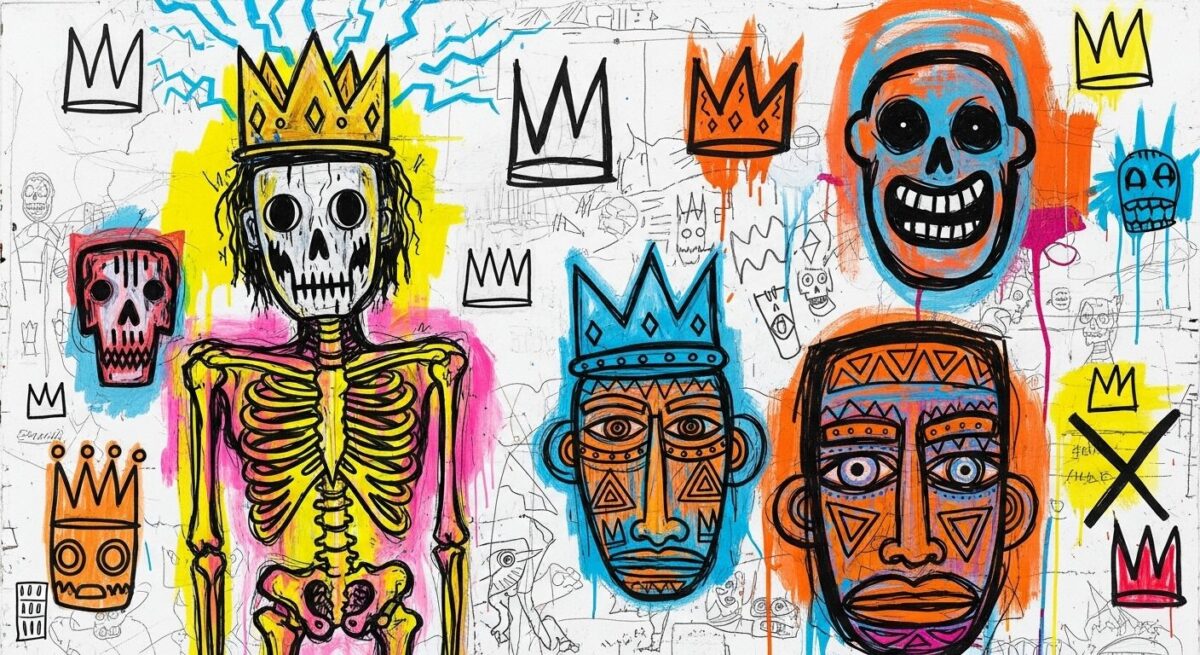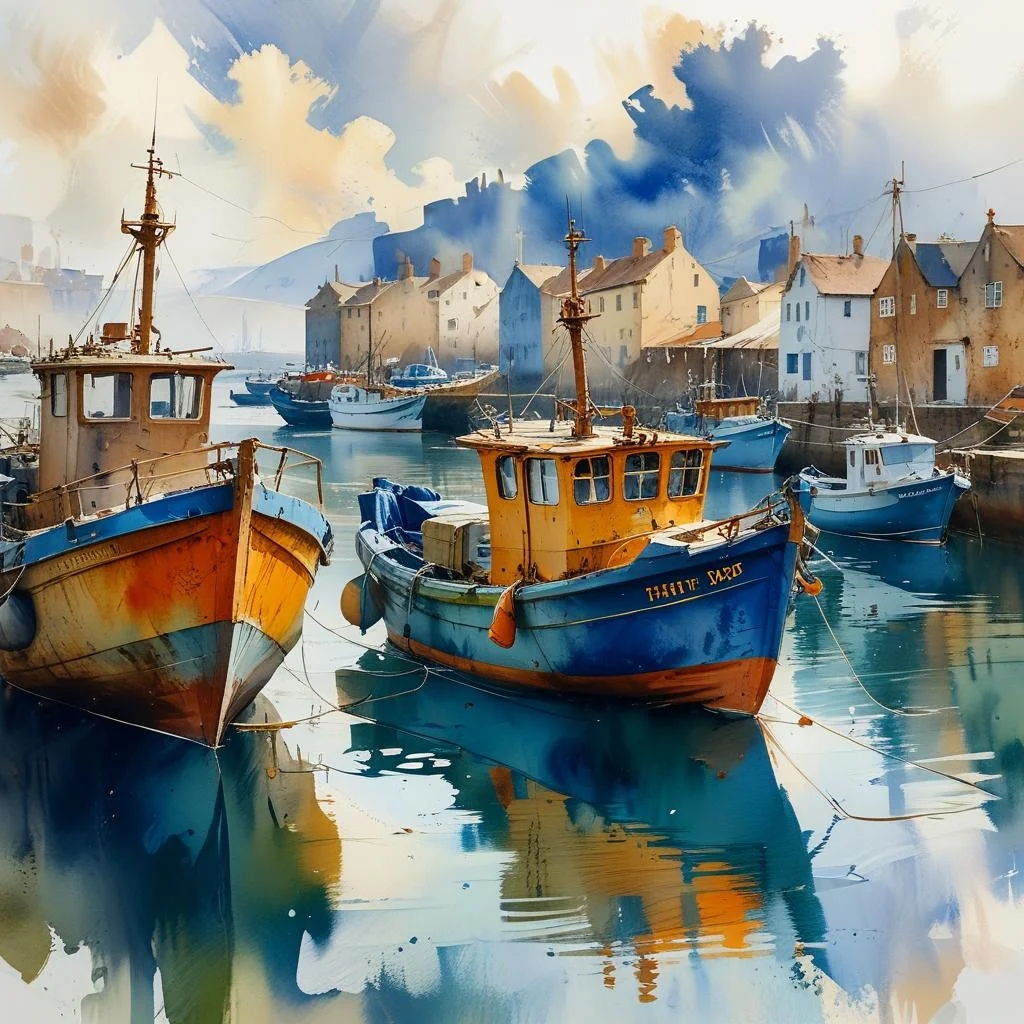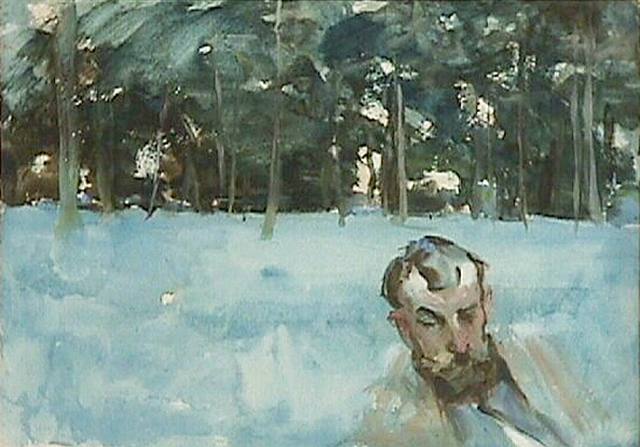When we think about famous rebellious artists throughout history, we often picture quiet studios and calm painters working peacefully. But the truth is much more exciting! Some of the greatest artists in history were wild, dangerous, and lived lives full of scandal. These famous rebellious artists broke rules, caused trouble, and created amazing artwork that still inspires us today.
Key Points Summary
- Famous rebellious artists often lived dangerous and scandalous lives
- These rule-breaking painters created revolutionary art techniques
- Many notorious art rebels faced legal troubles and exile
- Their controversial lifestyles often fueled their creative genius
- These bad boy artists changed art history forever
The Dark Side of Art History
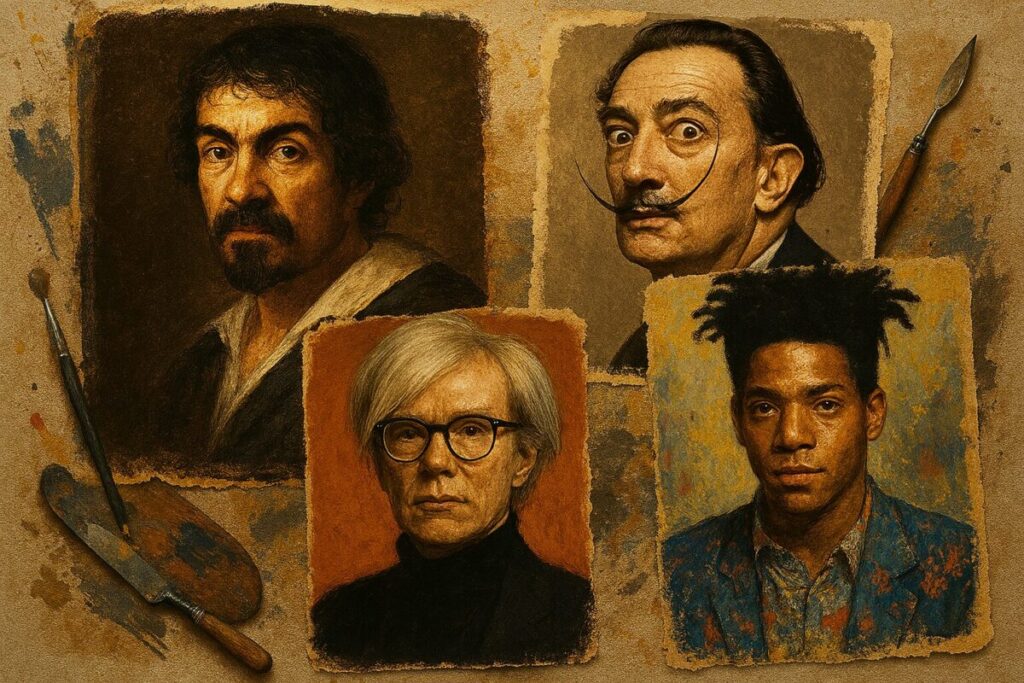
Art history books usually talk about technique and beauty. They discuss color, light, and composition with great respect. But many famous artists were actually troublemakers. Some were criminals, fighters, drinkers, and rule-breakers who lived on the edge.
These famous rebellious artists didn’t just paint pretty pictures. They created scandals, shocked society, and sometimes broke the law. Their wild lives made their art even more powerful and memorable.
Caravaggio: The Original Bad Boy Artist
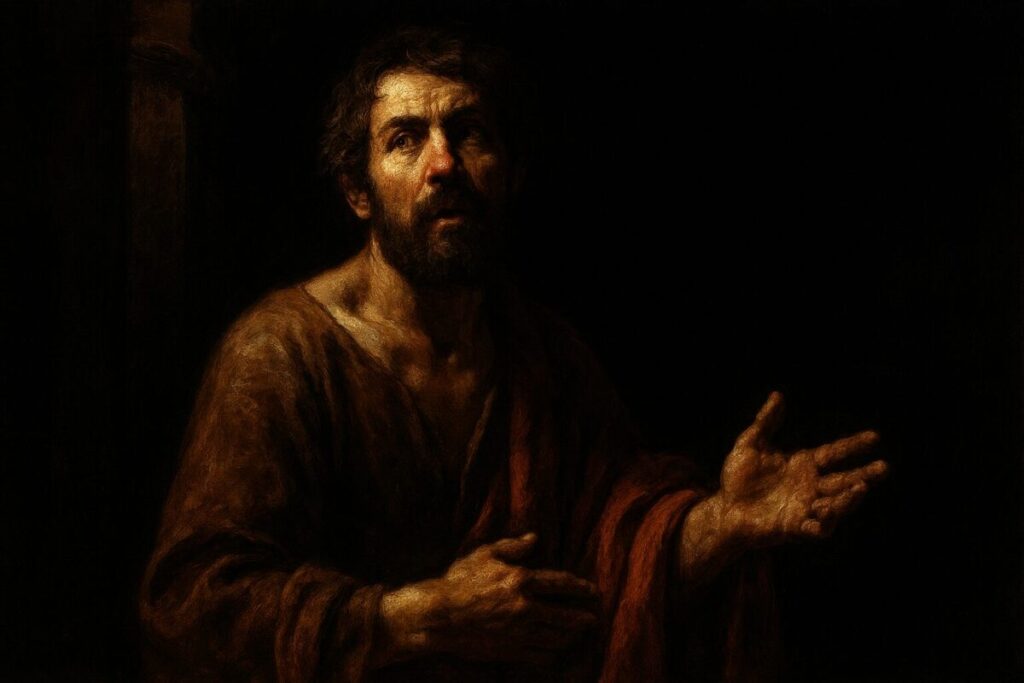
A Life of Violence and Genius
Michelangelo Merisi da Caravaggio (1571-1610) was probably the first famous rebellious artist in history. His paintings were incredible – full of dramatic light and shadow that made religious scenes look real and emotional. But his personal life was a disaster.
Caravaggio’s Criminal Record:
- Insulted other painters regularly
- Ate at restaurants without paying
- Carried weapons illegally
- Started fights over tennis games
- Killed a man in a street fight
| Crime | Year | Consequence |
|---|---|---|
| Sword fighting | 1600s | Multiple arrests |
| Murder | 1606 | Life on the run |
| Theft and assault | Various | Constant legal trouble |
After killing Ranuccio Tomassoni in 1606, Caravaggio spent his remaining years running from the law. He painted masterpieces while hiding from bounty hunters. This famous rebellious artist died mysteriously at age 38, possibly from disease or revenge killing.
His revolutionary painting technique, called chiaroscuro, used dramatic light and shadow to create emotional impact. This technique influenced artists for centuries and can be seen in baroque painting styles and religious art today.
“Caravaggio’s art was as dangerous as his lifestyle – it challenged everything people thought they knew about painting.”
Art historian Roberto Longhi
Egon Schiele: Scandal in Vienna
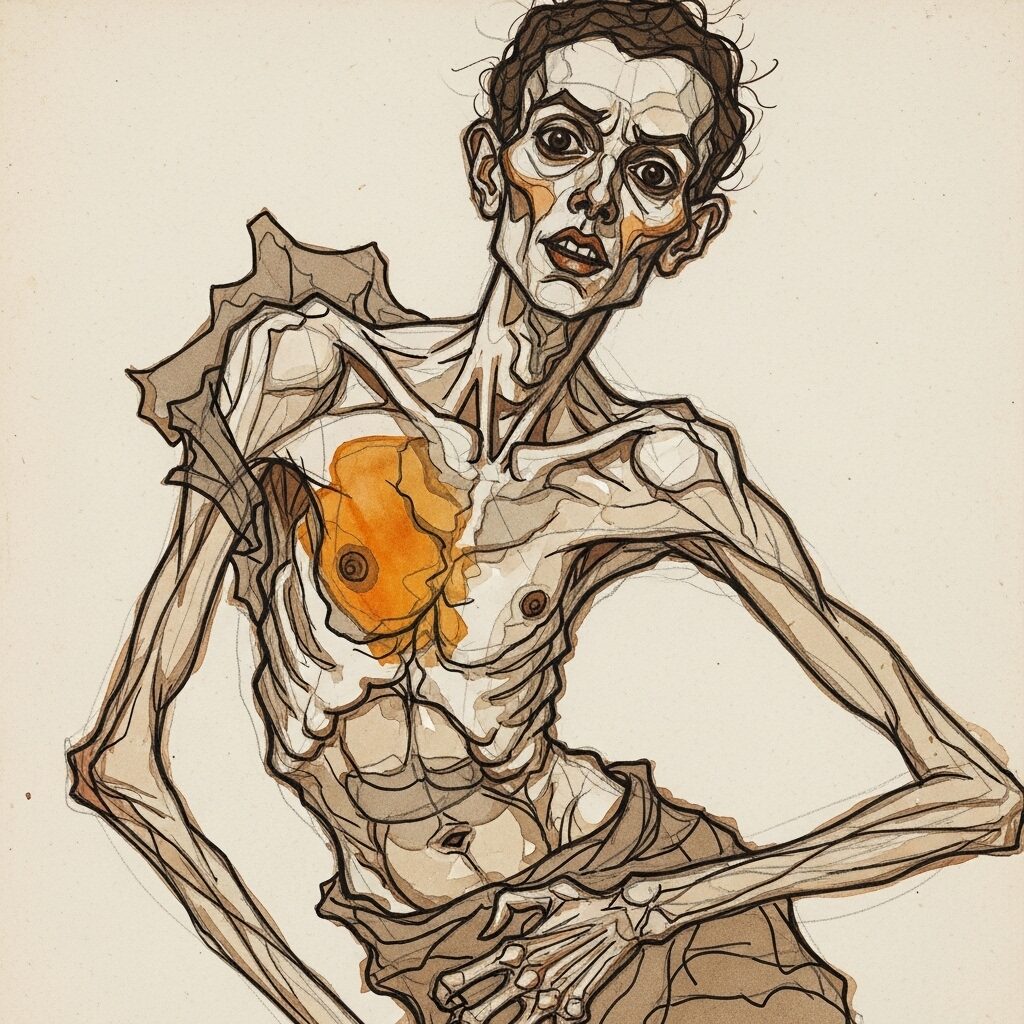
Art That Shocked the World
In early 1900s Vienna, Egon Schiele created some of the most shocking art of his time. This famous rebellious artist painted twisted, emotional figures that made people uncomfortable. His nude paintings were so controversial that parents wouldn’t let their daughters model for him.
Schiele’s Legal Troubles:
- Arrested in 1912 for “corrupting minors”
- Charged with displaying inappropriate art
- Spent 24 days in jail
- Judge burned his artwork in court
Schiele used his jail time to create powerful self-portraits showing himself in chains. This experience made him even more famous and helped establish Austrian Expressionism as an important art movement.
His raw, emotional style influenced modern figure drawing and expressionist techniques that artists still use today.
Salvador Dalí: The Master of Weird
Performance Art and Personality
Salvador Dalí proved that famous rebellious artists don’t always need to be violent. Sometimes being completely weird is enough! Dalí’s surreal paintings with melting clocks became some of the most recognizable images in art history.
Dalí’s Outrageous Behavior:
- Wore diving suits to art shows
- Gave lectures with pet anteaters
- Arrived at events in space suits
- Put money in beggars’ pockets, then took it back
Dalí understood that being famous was just as important as making good art. He created a public personality that was as surreal as his paintings. This famous rebellious artist turned self-promotion into an art form.
His surrealist painting techniques and dreamlike imagery continue to inspire contemporary artists worldwide.
“The difference between me and a madman is that I am not mad.”
Salvador Dalí
Modern Rebellious Artists
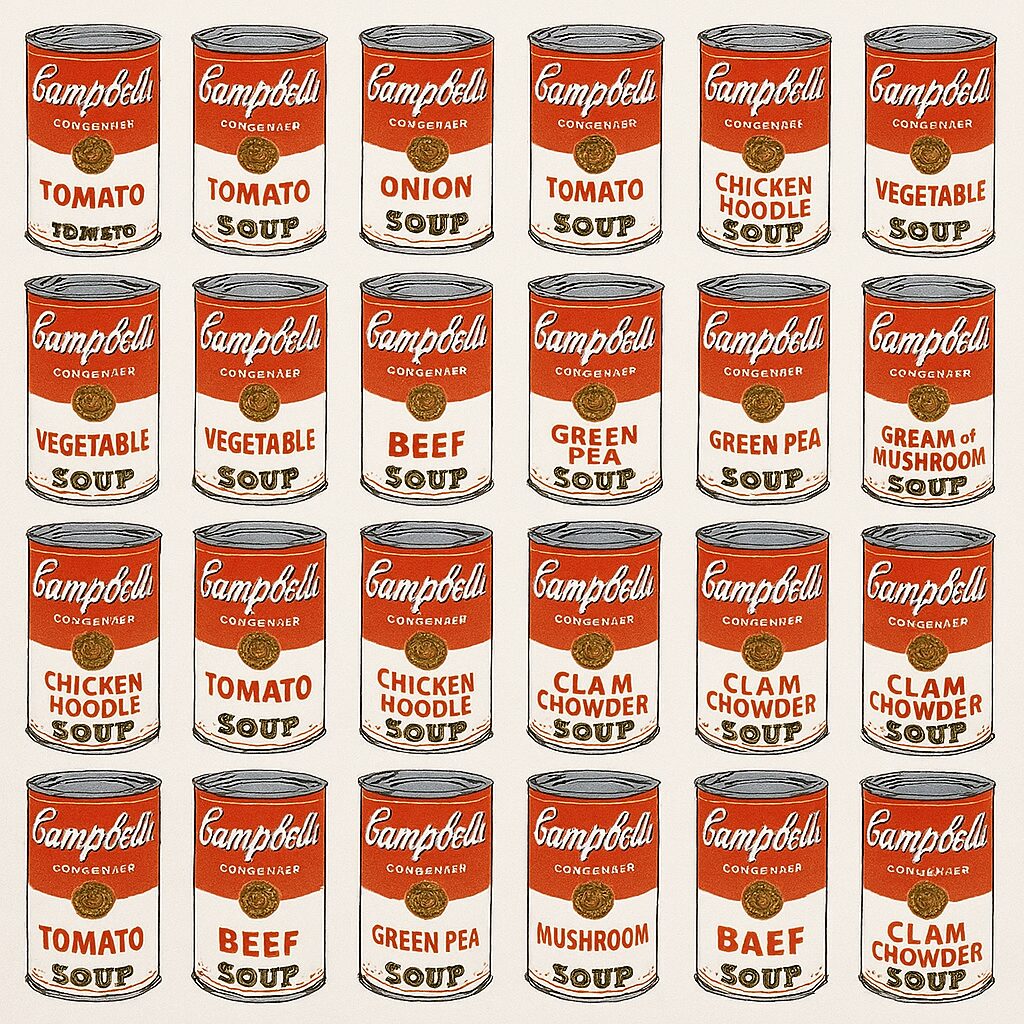
Andy Warhol: The Cool Revolutionary
Andy Warhol changed art by making everyday objects into masterpieces. His Campbell’s soup cans and Marilyn Monroe prints shocked the art world. His Factory studio in New York was a wild place full of artists, musicians, and celebrities.
Warhol’s Rule-Breaking:
- Made commercial art into fine art
- Blurred lines between celebrity and artist
- Created art about money and fame
- Survived an assassination attempt in 1968
Jean-Michel Basquiat: From Streets to Galleries
Basquiat started as a graffiti artist tagging buildings in New York. He became one of the most expensive artists in history almost overnight. His raw, energetic paintings combined street art with fine art in ways no one had seen before.
This famous rebellious artist painted about race, class, and power. His work was both beautiful and angry, showing the struggles of life in America. Sadly, like many bad boy artists, Basquiat died young from a drug overdose at age 27.
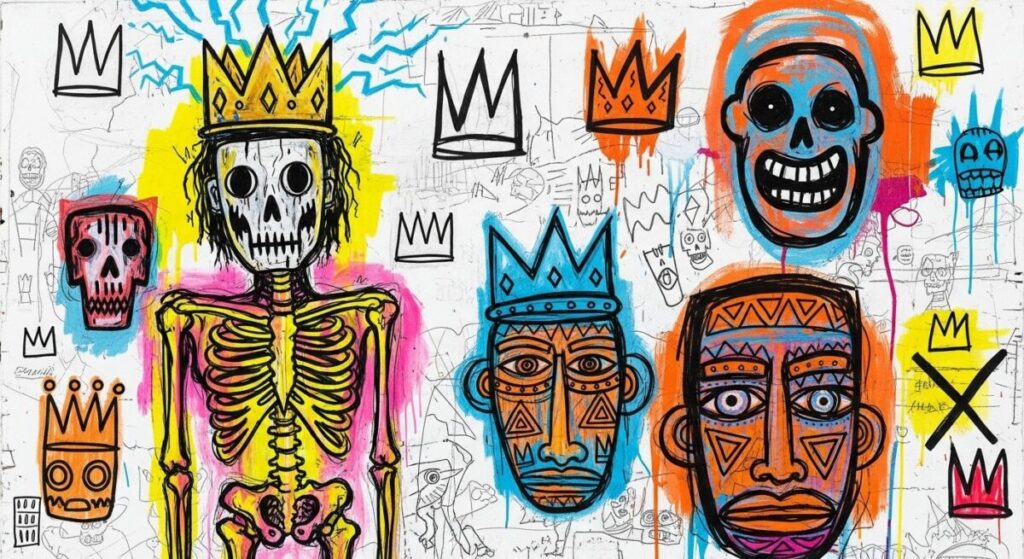
What Makes an Artist Rebellious?
The Common Traits
Famous rebellious artists throughout history share certain characteristics:
- Rule Breaking: They reject traditional art rules and social expectations
- Risk Taking: They put their careers and lives in danger for their art
- Controversy: They create work that shocks and challenges people
- Authenticity: They stay true to their vision despite criticism
- Innovation: They develop new techniques and styles
These traits often come with personal costs. Many famous rebellious artists struggled with addiction, mental health issues, and financial problems. Their rebellious nature helped create amazing art but also led to difficult lives.
The Impact on Art History
Revolutionary Techniques
These famous rebellious artists didn’t just cause scandals – they changed how we make and think about art:
- Caravaggio invented dramatic lighting techniques still used today
- Schiele created raw emotional expression in figure drawing
- Dalí developed surrealist methods for painting dreams and subconscious thoughts
- Warhol made commercial art acceptable in galleries
- Basquiat combined street art with fine art traditions
Their rebellious attitudes helped push art forward. Without these rule-breakers, art might still look like pretty landscapes and formal portraits.
Learning from the Bad Boys
Lessons for Modern Artists
Today’s artists can learn from these famous rebellious artists without copying their dangerous lifestyles:
- Be authentic in your artistic voice
- Take creative risks with new techniques and subjects
- Challenge expectations about what art should be
- Stay committed to your vision despite criticism
- Innovate constantly instead of following trends
Modern painting techniques and contemporary art movements still use ideas developed by these rebellious pioneers.
Frequently Asked Questions
Q: Who was the most rebellious artist in history? A: Caravaggio is often considered the most rebellious because he was literally a criminal who murdered someone and lived as a fugitive while creating masterpieces.
Q: Why were these artists so rebellious? A: Many factors contributed including mental health issues, addiction, poverty, and a desire to break free from restrictive artistic traditions.
Q: Did being rebellious help their art? A: Yes, their rebellious attitudes often led to innovative techniques and emotional authenticity that made their art more powerful and memorable.
Q: Are there modern rebellious artists? A: Absolutely! Street artists like Banksy, contemporary painters pushing boundaries, and digital artists challenging traditional media continue this tradition.
Q: Should artists behave badly to be successful? A: No! While some famous rebellious artists were troubled, success comes from talent, hard work, and innovation – not from bad behavior.
Why We Still Love the Bad Boys
The stories of famous rebellious artists continue to fascinate us because they remind us that great art often comes from people who refuse to follow rules. These artists showed us that creativity requires courage and that sometimes you have to break things to build something new.
Their rebellious spirits live on in every artist who dares to try something different. When you visit a museum and see a Caravaggio painting or a Warhol print, you’re not just looking at art – you’re seeing the results of someone who chose to live dangerously for their creativity.
Famous rebellious artists prove that the best art comes from authentic expression, even when that expression challenges everything society expects. Their legacy reminds us that sometimes being a little rebellious is exactly what the world needs.
Citations
- 10 Artists Who Rebelled against the Patrons and Institutions That Supported Their Work
- The Most Revolutionary Artists in History – Caravaggio, Van Gogh, Duchamp and Others
- Rebels: Painters and Poets of the 1950s
- 10 Famous Artists Who Had to Deal with Rejection During Their Careers
- How Art Movements Have Challenged Political Regimes
- Rebel Artists- Breaking Composition Rules

